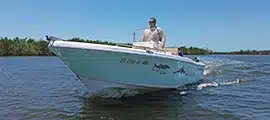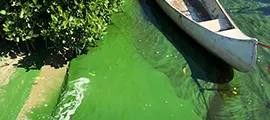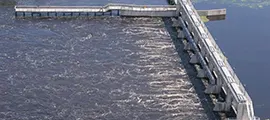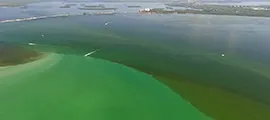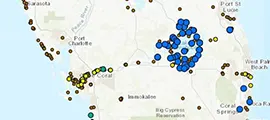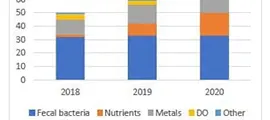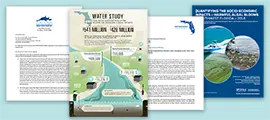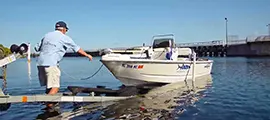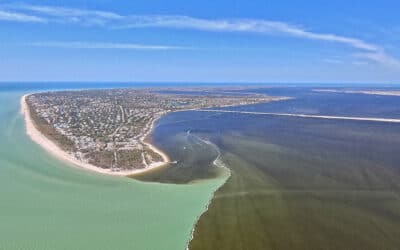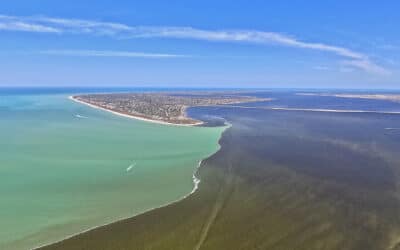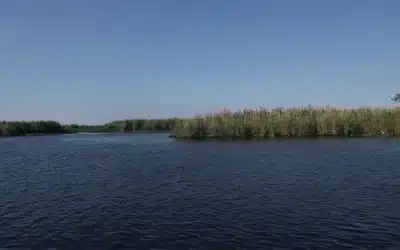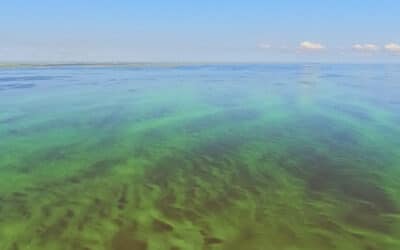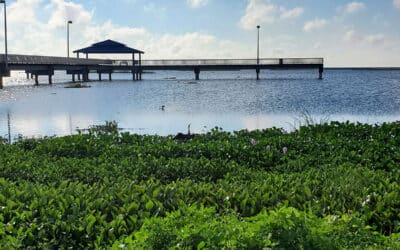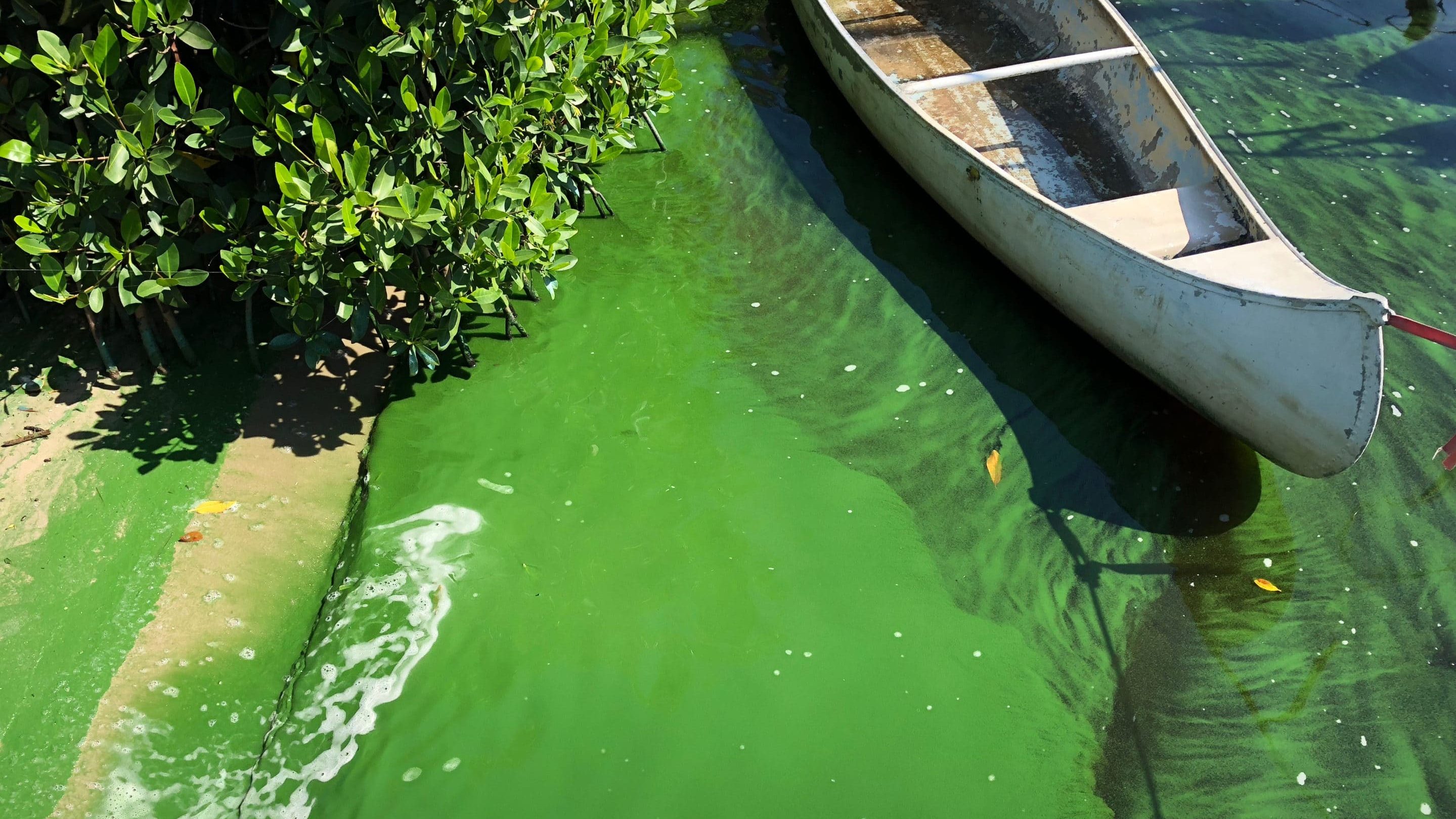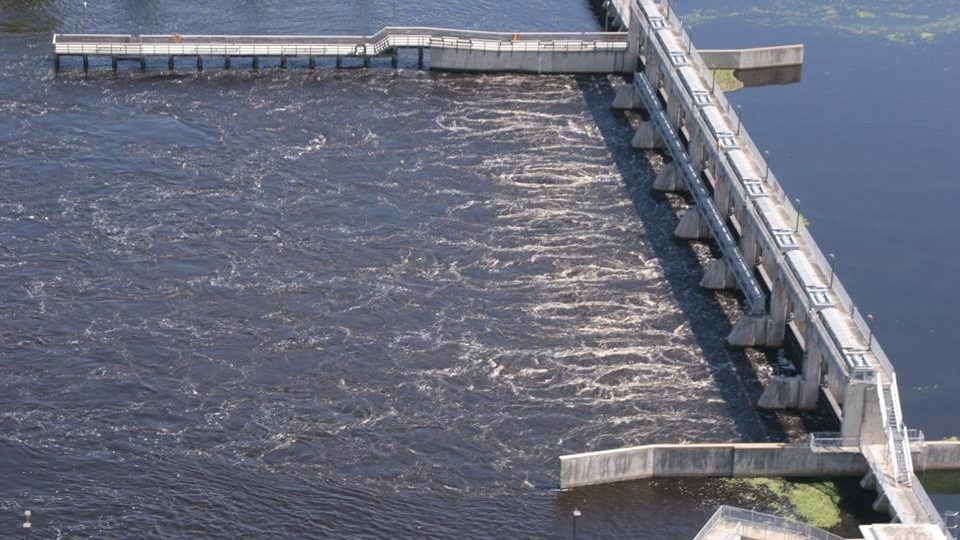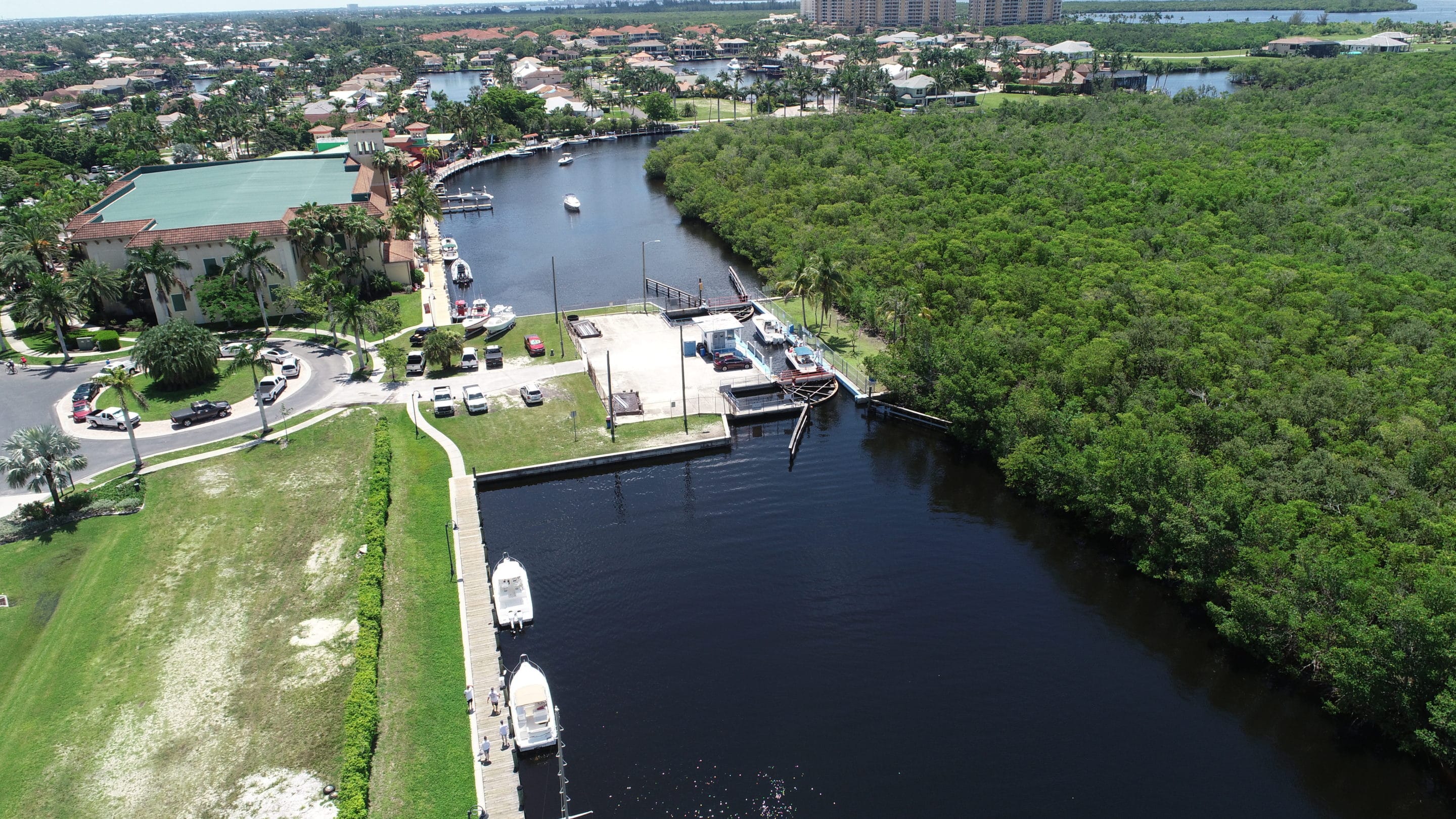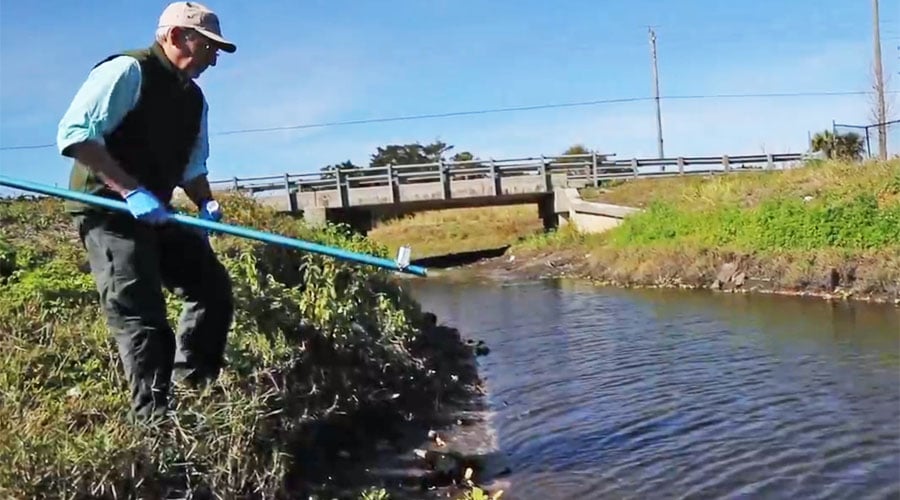Issue:
Lake Okeechobee Discharges
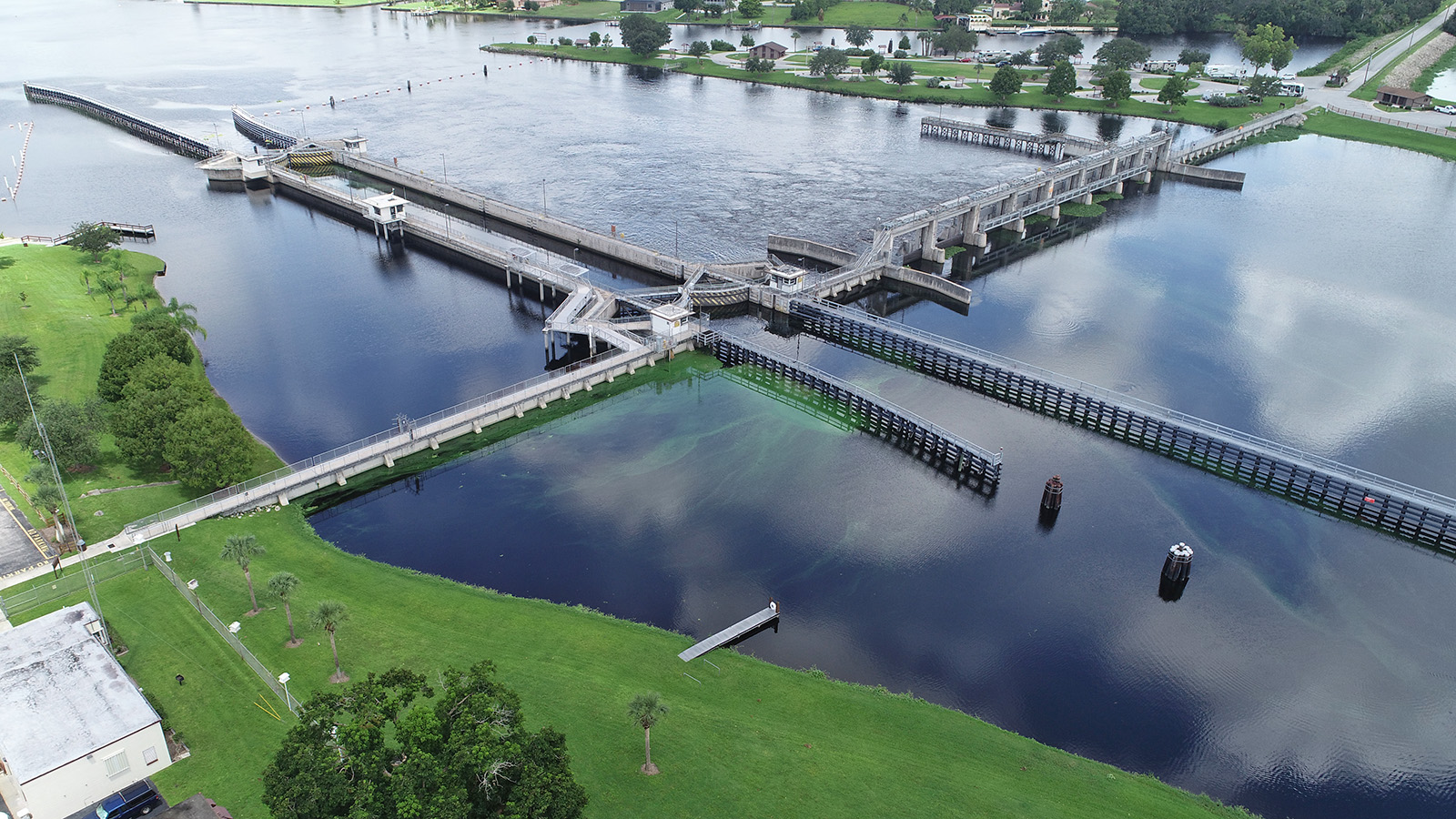
Harmful Discharges
Lake Okeechobee is often referred to as the “liquid heart” of Florida. Unfortunately, over the years, the Lake has become heavily polluted by run-off from agriculture and development in Central & South Florida.
As it was designed in 1947 to avoid flooding south of the lake, the Caloosahatchee and St. Lucie rivers are the two “safety valves” of the system during high water events. Water from Lake Okeechobee is now routinely discharged to these rivers and sent to tide in the Gulf of Mexico and Atlantic Ocean. This practice is also starving Florida Bay of the freshwater it naturally received through the historic Everglades.
In the wet season, massive amounts of nutrient polluted water is now being sent to the Caloosahatchee River. This nutrient rich water is exacerbating harmful algal blooms of increasing scope and frequency.
The federal Army Corps of Engineers is responsible for the Lake’s operation. The Corps’ operational manuals consider public safety and many other objectives set forth by the state’s South Florida Water Management District.
Minimum Flows & Levels
To complicate matters for the Caloosahatchee, our brackish water estuary thrives with a certain amount of freshwater sustaining Vallisneria tape grass near Fort Myers. When dry season rainfall is not enough to suppress salinity levels, tape grass die-offs occur.
As a result of these two seasonal swings, and water mismanagement by government agencies, the Caloosahatchee often suffers from too much freshwater in the wet season, and not enough freshwater in the dry season.
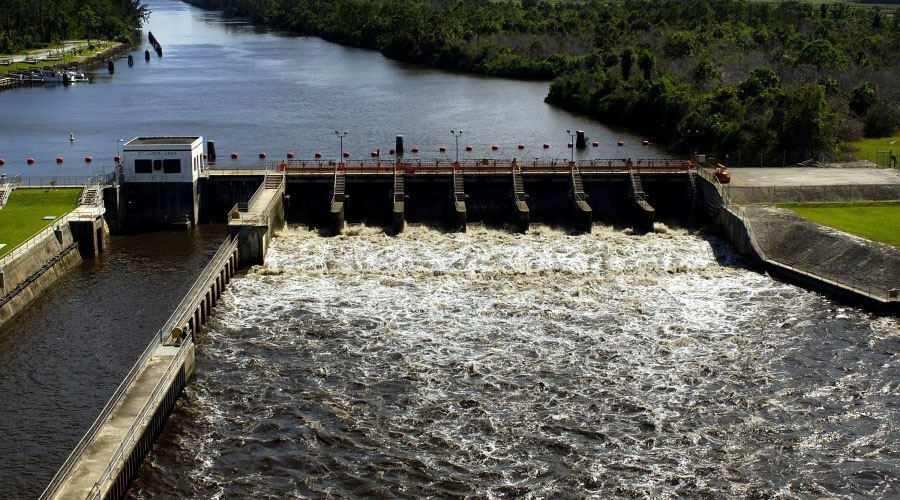
Useful Links
Lake Okeechobee Status

There are a number of tools we use to gather information about the current status of harmful algal blooms on the Lake, as well as the flows being overseen by water managers. Here are a few of the best:
Related News Stories
Lake Okeechobee
Brown water near the coast: Lake O releases ongoing, could last until May
Aerial images from volunteers with Calusa Waterkeeper show a stark contrast between the Gulf of Mexico waters and the billions of gallons of tainted freshwater coming from the lake.
Water color changes due to Lake Okeechobee releases
A week ago, the Calusa Waterkeeper took a picture off the coast of Sanibel. Dark brown, it’s a harsh contrast between the beautiful blue gulf waters.
Lake O Water is Tainted and can Pollute the Caloosahatchee Estuary
Calusa Waterkeeper Codty Pierce says even small amounts of Lake Okeechobee water will infect the Caloosahatchee River with toxic blue-green algae blooms. Water is being released from the lake now as the U.S. Army Corps of Engineers tries to keep surface levels in check.
Is the Caloosahatchee Heading for an Algae Bloom?
A number of things point to a looming explosion of the one-celled organisms commonly called blue-green algae, many species of which occur naturally in Southwest Florida fresh water. Though they’re critical to natural systems, when they multiply, they can be trouble.
Large Algae Bloom Spotted on Florida’s Lake Okeechobee
According to the Calusa Waterkeeper, NOAA estimated that algae now covers over 35 percent of the 730 square mile lake. Health officials advise residents and visitors to exercise caution in and around the lake until further notice.
Lake Okeechobee leveling off after rains from Hurricane Ian but there’s still a threat
The Lake Okeechobee system is more likely to see a blue-green algal bloom next spring as a result of Hurricane Ian. Lt. Col. Todd Polk with the U.S. Army Corps of Engineers said Ian whipped up waters and stirred nutrients within the system, and that those nutrients could fuel a bloom.
Make a Donation
Get Notified
Priority Issues
Harmful Algal Blooms
Cyanobacteria & Red Tide
Cyanobacteria (blue-green algae) and Karenia brevis (red tide) have been making major impacts on Southwest Florida.
Lake Okeechobee Discharges
Revise System Operating Manual
The Caloosahatchee River often suffers from too much freshwater in the wet season, and not enough freshwater in the dry season.
Cape Coral Spreader Canals
Nutrient & Sediment Loading
The City of Cape Coral is working to remove large storm-water barriers to make recreational boating more convenient.
Bacteria Monitoring
Fecal Indicator Bacteria
Calusa Waterkeeper has been at the forefront of monitoring this Fort Myers tributary for fecal bacteria indicators.
